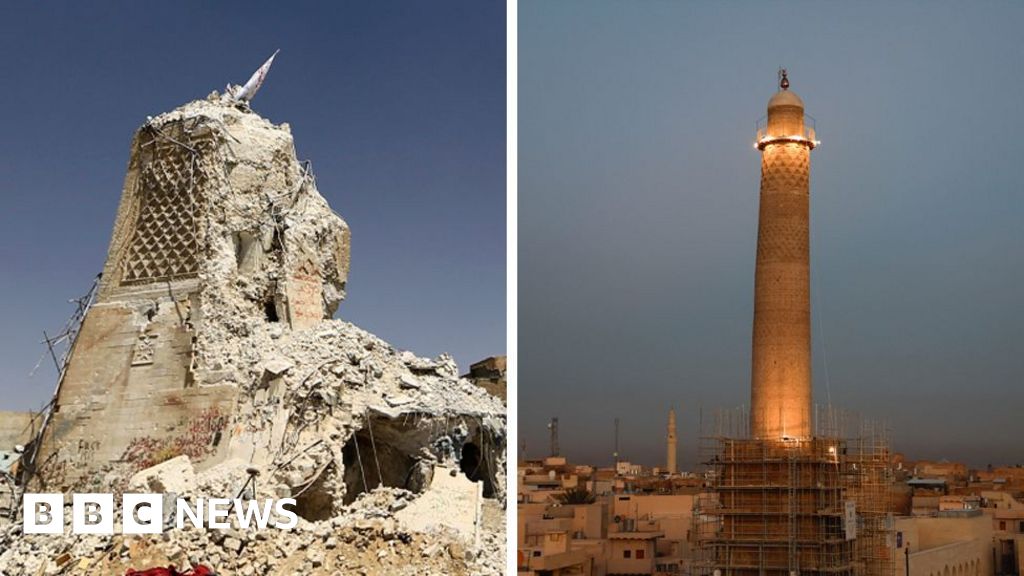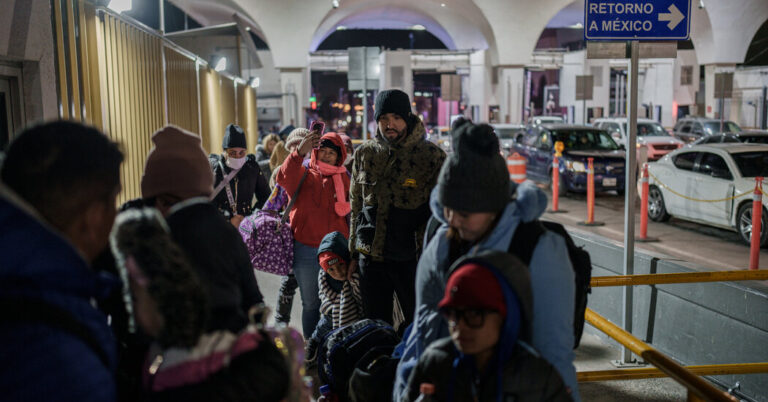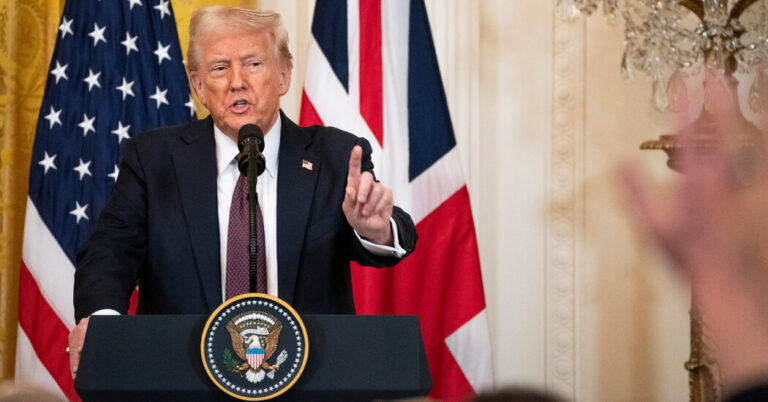Here is the plain text result:
Historic buildings in Mosul, including churches and mosques, are being reopened following years of devastation resulting from the Iraqi city’s takeover by the extremist Islamic State (IS) group. The project, organised and funded by Unesco, began a year after IS was defeated and driven out of the city, in northern Iraq, in 2017. Unesco’s director-general Audrey Azoulay attended a ceremony on Wednesday to mark the reopening.
Local artisans, residents and representatives of all of Mosul’s religious communities were also there. In 2014, IS occupied Mosul, which for centuries was seen as a symbol of tolerance and co-existence between different religious and ethnic communities in Iraq. The group imposed its extreme ideology on the city, targeting minorities and killing opponents.
Three years later, a US-backed coalition in alliance with the Iraqi army and state-linked militias mounted an intense ground and air offensive to wrest the city back from IS control. The bloodiest battles focused on the Old City, where the group’s fighters made a last stand.
Mosul photographer Ali al-Baroodi recalls the horror that greeted him when he first entered the area shortly after the street-by-street battle was over in the summer of 2017. He saw the gloriously skewed al-Hadba minaret, known as the “hunchback”, which had been emblematic of Mosul for hundreds of years, in ruins.
“It was like a ghost town,” he says. “Dead bodies all around, a sickening smell and horrible scenes of the city and the skyline without the Hadba minaret. It was not the city that we knew – it was like a metamorphosis – that we never imagined not even in our worst nightmares. I fell silent after that for a couple of days. I lost my voice. I lost my mind.”
Abdullah’s family has also lived in a house in the Old City since the 19th Century when the area was a centre for the wool trade – which is why he says their home is so precious to them. “After Unesco rebuilt my house, I came back,” he says. “I can’t describe the feeling I had because after seeing all the destruction that happened there, I thought I would never be able to come back and live there again.”
The scars of what the people of Mosul endured are yet to heal – just as much of Iraq remains in a fragile state. But the Old City’s rebirth from the rubble represents hope for a better future – as Ali al-Baroodi continues to document the evolution of his beloved home day by day. “It’s truly like seeing a dead person coming back to life in a very, very beautiful way – that is the true spirit of the city coming back to life,” he says.
Source link




